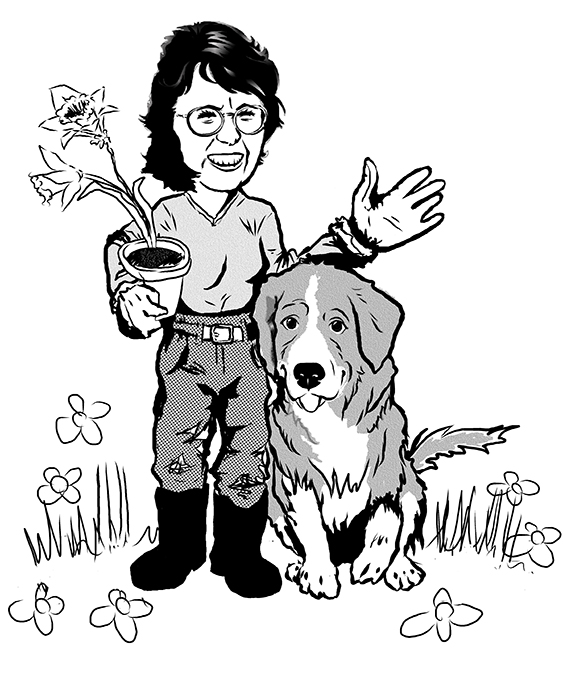by Leslie Cox; Wednesday, November 5, 2014
marcescent (mar-SES-ent): adjective meaning “withering without falling off”
Looking around the autumn landscape, you may notice a few trees here and there with decidedly dead leaves still clinging to their branches. These are called marcescent leaves.
Shorter days and colder weather tell trees to stop sending nutrients, or food, to the leaves. Normally…when the food supply stops, a very thin layer is formed in the leaf stem where it attaches to the branch. This is called the separation layer. The stem becomes soft and weak at that spot. Soon after the leaves start to fall.
Marcescent leaves, however, do not form a separation layer. These dead leaves stay on the tree all winter and they have two very good reasons for doing so.
First, they guard against disease and infection. Sometimes when the leaves fall off a tree infection sneaks into the open spot where the leaf had been. But when the leaves stay on the tree there are no bare spots. Disease and infection cannot attack the tree.
Second, marcescent leaves protect the tender new leaf buds in spring. Deer, elk and other grazing animals are very hungry after winter. They adore fresh green shoots to eat so any withered and dead looking leaves present a very unappetizing repast to the foraging ungulates.
When the time is right in the spring, newly growing leaf buds will push the old marcescent leaves off the branch. And in no time at all, the tree will be freshly green once again.
A tree full of dead, brown leaves may not be the gardener’s first choice of a desirable plant for winter-interest…but perhaps the tree’s ability to defend itself organically from disease infection is worth extra brownie points.

